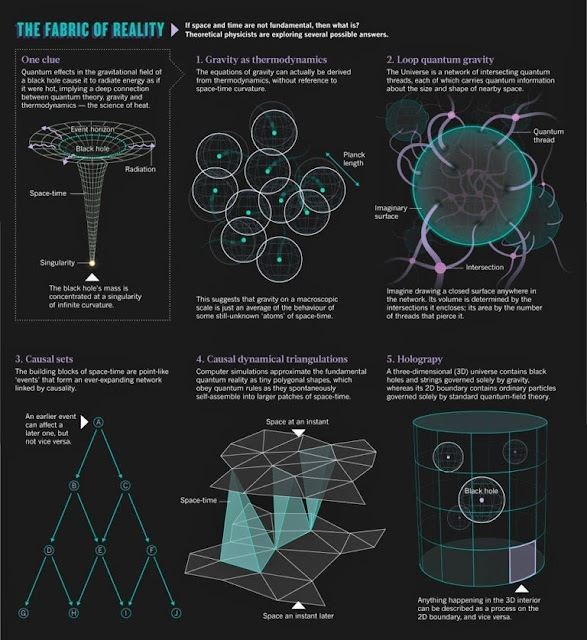The shape of the Universe
The shape of the universe is the localand global geometry of the universe. The local features of the geometry of the universe are primarily described by its curvature, whereas the topology of the universe describes general global properties of its shape as of a continuous object. The shape of the universe is related to general relativity, which describes how spacetime is curved and bent by mass and energy.
Cosmologists distinguish between the observable universe and the global universe. The observable universe consists of the part of the universe that can, in principle, be observed by light reaching Earth within the age of the universe. It encompasses a region of space that currently forms a ball centered at Earth of estimated radius 46 billion light-years (4.4×1026 m). This does not mean the universe is 46 billion years old; in fact, the universe is believed to be 13.8 billion years old, but space itself has also expanded, causing the size of the observable universe to be as stated. (However, it is possible to observe these distant areas only in their very distant past, when the distance light had to travel was much less). Assuming an isotropic nature, the observable universe is similar for all contemporary vantage points.
The global shape of the universe can be described with three attributes:
Finite or infiniteFlat (no curvature), open (negative curvature), or closed (positive curvature)Connectivity, how the universe is put together, i.e., simply connected space or multiply connected.
There are certain logical connections among these properties. For example, a universe with positive curvature is necessarily finite.Although it is usually assumed in the literature that a flat or negatively curved universe is infinite, this need not be the case if the topology is not the trivial one.
The exact shape is still a matter of debate in physical cosmology, but experimental data from various independent sources (WMAP, BOOMERanG, and Planck for example) confirm that the observable universe is flat with only a 0.4% margin of error.Theorists have been trying to construct a formal mathematical model of the shape of the universe. In formal terms, this is a 3-manifold model corresponding to the spatial section (in comoving coordinates) of the 4-dimensional spacetime of the universe. The model most theorists currently use is the Friedmann–Lemaître–Robertson–Walker (FLRW) model. Arguments have been put forward that the observational data best fit with the conclusion that the shape of the global universe is infinite and flat, but the data are also consistent with other possible shapes, such as the so-called Poincaré dodecahedral space and the Sokolov–Starobinskii space (quotient of the upper half-space model of hyperbolic space by 2-dimensional lattice).




Comments
Post a Comment